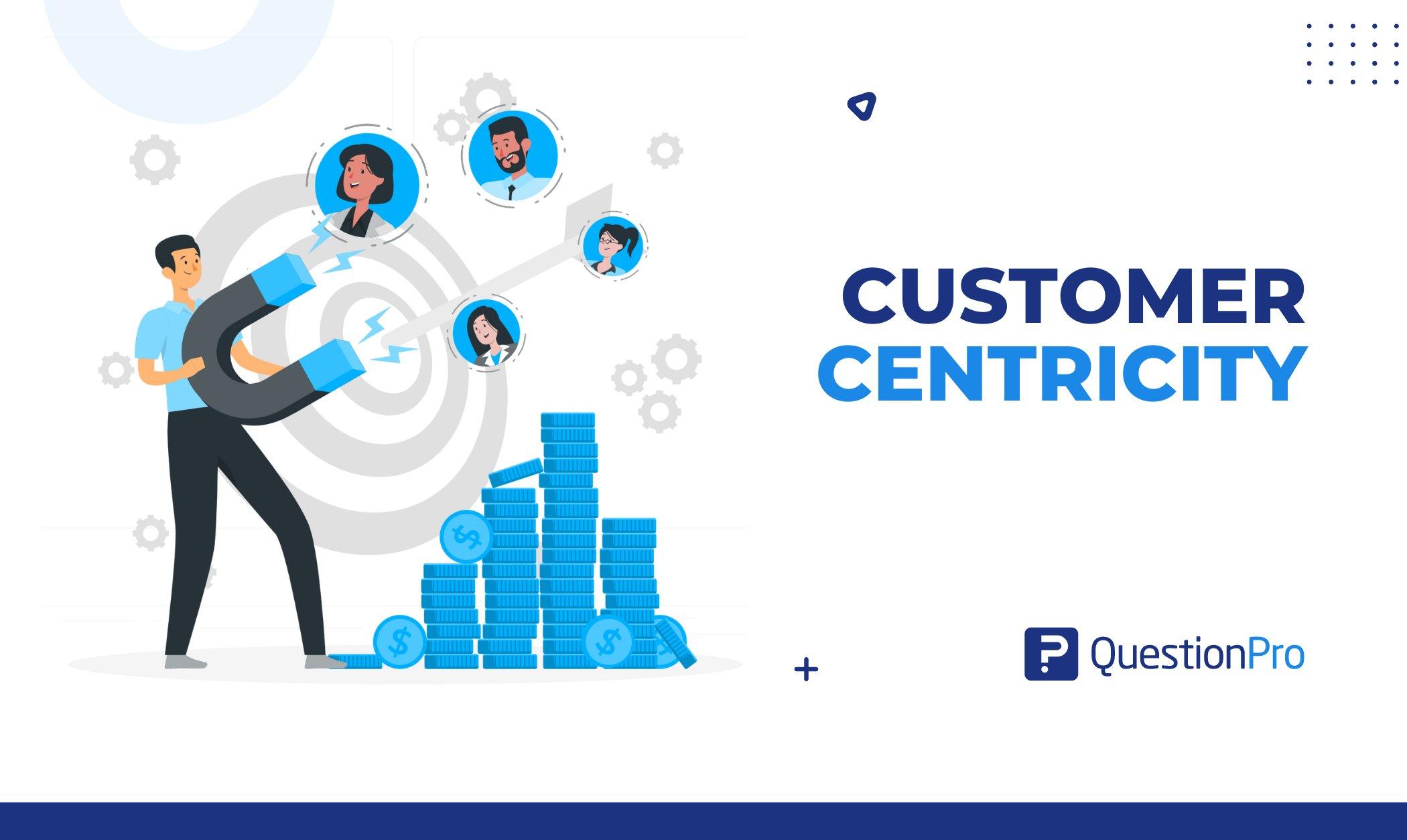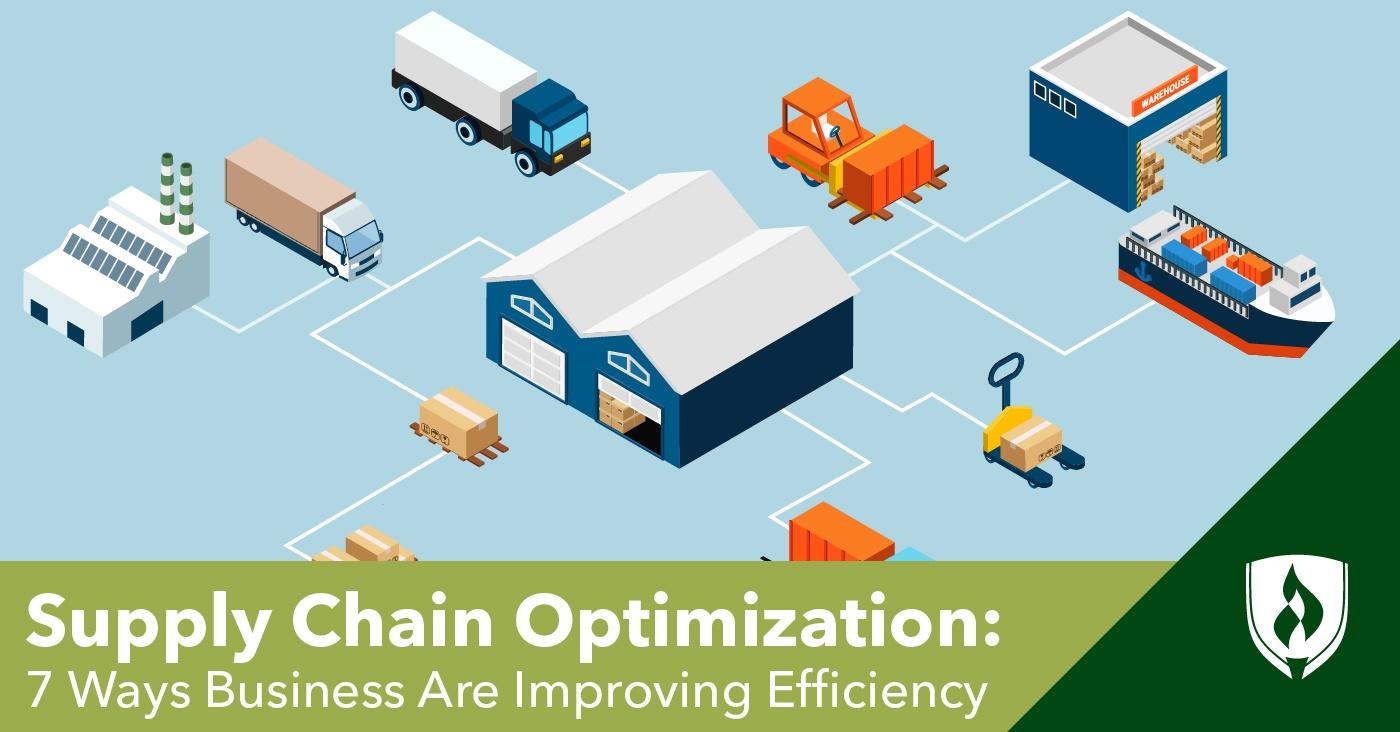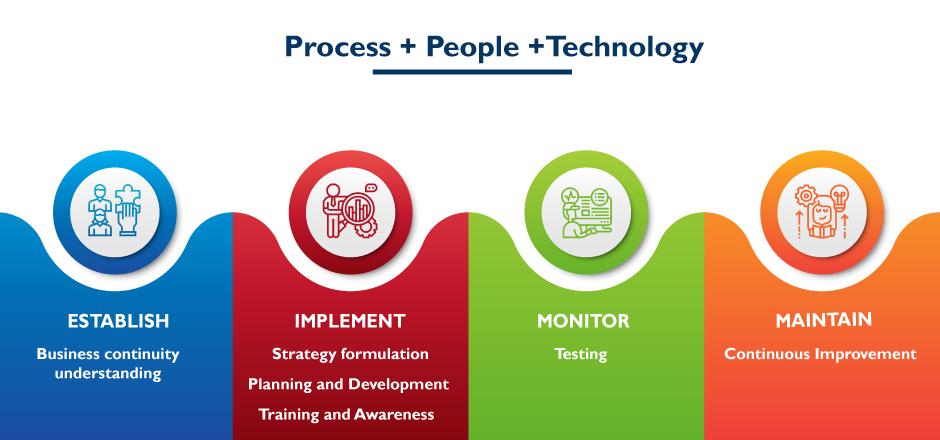In the fast-paced world of eCommerce, where competition is just a click away, businesses are constantly searching for that secret ingredient to boost revenue. While catchy ads and trendy products can grab attention, the real game-changer lies in something deeper: strategic thinking. Imagine navigating the digital marketplace with a clear roadmap, anticipating trends, and making informed decisions that not only drive sales but also build long-term customer loyalty. In this article, we’ll explore how harnessing the power of strategic thinking can transform your eCommerce operations from reactive to proactive, setting the stage for sustainable growth and increased revenue. So, whether you’re a seasoned entrepreneur or just starting out, buckle up! It’s time to unlock the potential of strategic thinking and watch your eCommerce revenue soar.
Understanding the Power of Strategic Thinking in Ecom Growth
Strategic thinking is the backbone of successful e-commerce growth. By leveraging a thoughtful approach, businesses can navigate the complexities of the digital marketplace and make informed decisions that drive revenue. It’s not just about reacting to trends; it’s about anticipating them and positioning your brand for long-term success.
One of the key elements of strategic thinking is understanding your target market. This involves deep analysis and segmentation, allowing you to:
- Identify customer needs: Tailor your offerings to meet specific demands.
- Analyze competitor behavior: Stay one step ahead by knowing what others are doing.
- Forecast market trends: Utilize data to predict shifts and adjust your strategies accordingly.
Moreover, effective strategic thinking encourages innovation in product development and marketing. By fostering a culture of creativity, brands can explore new avenues for revenue generation. Consider the following innovative strategies:
- Personalization: Use data analytics to create personalized shopping experiences that resonate with consumers.
- Collaborations: Partner with complementary brands to expand reach and create unique offerings.
- Sustainability: Embrace eco-friendly practices that appeal to the growing number of conscious consumers.
| Strategy | Benefit |
|---|---|
| Personalization | Increased customer loyalty and higher conversion rates |
| Collaborations | Access to new customer bases and shared marketing costs |
| Sustainability | Attracts eco-conscious consumers and enhances brand image |
Additionally, a strategic mindset encourages continuous evaluation and adaptation. In a rapidly changing e-commerce landscape, what worked yesterday might not work tomorrow. Regularly revisiting your strategies ensures that you remain aligned with your goals and market demands. This might involve:
- Tracking KPIs: Monitor key performance indicators to assess the effectiveness of your strategies.
- Gathering customer feedback: Actively listen to your customers to refine your approach.
- Conducting regular market research: Stay informed about industry shifts and consumer preferences.

Identifying Your Unique Value Proposition for Maximum Impact
In the realm of e-commerce, standing out from the competition is paramount. Understanding what makes your business unique is the key to crafting a compelling presence that resonates with your target audience. Your unique value proposition (UVP) is the heart of your brand; it encapsulates why a customer should choose you over someone else. To articulate this effectively, consider the following elements:
- Customer-Centric Focus: What specific problems do your products solve for your customers? Highlighting these solutions will create a direct connection and showcase your understanding of their needs.
- Distinctive Offerings: Examine what sets your products apart. Are they handcrafted, made from sustainable materials, or come with a unique feature? Elevating these distinctions will help to define your market niche.
- Emotional Connection: Brands that resonate emotionally with customers foster loyalty. Share your brand story or mission to create a sense of community around your offerings.
Once you’ve identified these elements, it’s crucial to present them clearly across all your marketing channels. Your website, social media, and email campaigns should consistently reflect your UVP. This coherence not only boosts brand recognition but also reinforces the reasons customers should engage with you. Use visuals, testimonials, and case studies to strengthen your message further:
| Element | Impact |
|---|---|
| Customer-Centric Focus | Builds trust and encourages purchase. |
| Distinctive Offerings | Differentiates from competitors. |
| Emotional Connection | Fosters brand loyalty and advocacy. |
continuously refine your UVP by seeking customer feedback. Engaging with your audience through surveys or social media interactions can provide invaluable insights. By understanding what resonates with your customers, you can adapt your offerings and messaging to stay relevant and impactful in a rapidly changing market. Remember, a powerful UVP not only attracts but retains customers, paving the way for sustained growth and increased revenue.
Leveraging Data Analytics to Drive Informed Decision-Making
In today’s fast-paced e-commerce landscape, the ability to harness data analytics is like having a compass in uncharted waters. By diving deep into data, businesses can unveil actionable insights that guide strategic decisions. Understanding customer behavior, market trends, and operational efficiencies enables brands to make informed choices that not only enhance performance but also optimize revenue streams.
Here are some key areas where data analytics can significantly impact decision-making:
- Customer Segmentation: By analyzing purchasing patterns, businesses can identify distinct customer segments and tailor marketing strategies to meet their unique needs.
- Inventory Management: Data insights help in predicting demand, ensuring that stock levels are optimized to meet customer expectations without overstocking.
- Personalized Marketing: Leveraging data allows brands to create personalized experiences, from targeted ads to customized product recommendations.
- Pricing Strategies: Analyzing competitor pricing and consumer behavior helps in setting prices that maximize profitability while remaining competitive.
Furthermore, the integration of real-time analytics can revolutionize how businesses respond to market changes. For instance, when seasonal trends are identified through data tracking, companies can pivot their strategies swiftly to capitalize on these opportunities. This agility can mean the difference between a successful campaign and missed sales.
Consider the impact of data-driven decisions with the following table showcasing potential revenue outcomes:
| Strategy | Potential Revenue Increase |
|---|---|
| Personalized Email Campaigns | 20% – 30% |
| Dynamic Pricing Strategies | 15% – 25% |
| Upselling and Cross-Selling | 10% – 20% |
| Improved Customer Retention | 25% – 40% |
As such, leveraging data analytics is not merely a trend—it’s a necessity for e-commerce businesses aiming to thrive in a competitive market. By making strategic, data-driven decisions, companies can ensure that they not only meet consumer demands but also position themselves for sustained growth and profitability.

Creating a Customer-Centric Approach that Boosts Loyalty
In today’s competitive eCommerce landscape, understanding the customer is paramount. A customer-centric approach isn’t merely a strategy; it’s a philosophy that creates deeper connections with your audience. By putting the customer at the heart of your operations, you not only enhance their experience but also foster loyalty that translates into consistent revenue.
To effectively adopt this approach, consider the following key strategies:
- Personalization: Tailor recommendations and offers based on customer behavior and preferences. Utilize data analytics to predict what your customers are likely to want.
- Engagement: Build relationships through regular communication. Use social media platforms to interact, respond to inquiries, and gather feedback.
- Consistency: Ensure a seamless experience across all channels. Whether a customer shops online or in-store, the experience should feel cohesive and familiar.
Implementing these strategies requires a deep understanding of your customer base. Segment your audience to identify distinct groups and their unique needs. This allows for more targeted marketing efforts and product offerings that resonate better with each segment. For example, a simple customer segmentation table may look like this:
| Customer Segment | Key Traits | Preferred Communication |
|---|---|---|
| New Customers | Curious, Price-sensitive | Email, Promotions |
| Loyal Customers | Brand advocates, Seeking rewards | Social Media, Newsletters |
| Churned Customers | Disengaged, Seeking value | Direct Outreach, Surveys |
Another crucial element is the provision of exceptional customer service. Your team should be equipped to handle inquiries and complaints swiftly and effectively. Implementing a feedback loop can help you continuously improve your service based on direct customer input. This not only resolves issues but also shows customers that their voices are valued.
reward your loyal customers. Implementing a loyalty program can incentivize repeat purchases, driving up revenue while making customers feel appreciated. Simple gestures like personalized thank-you notes or exclusive discounts can go a long way in reinforcing loyalty.
Innovative Marketing Strategies that Capture Attention and Convert
In today’s fast-paced digital arena, grabbing attention is just the beginning; converting that attention into sales is the ultimate goal. Innovative marketing strategies can be the differentiator that sets eCommerce businesses apart from the competition. Through strategic thinking, brands can create compelling narratives that resonate deeply with their target audience.
One powerful approach is to leverage storytelling in marketing efforts. By weaving a narrative around your products, you not only engage your audience but also create an emotional connection. Consider using customer testimonials or case studies to illustrate how your products positively impact real lives. This not only enhances credibility but also encourages potential customers to envision themselves experiencing similar benefits.
Personalization is another key strategy that can significantly enhance conversion rates. Tailoring marketing messages to individual customer preferences can make them feel valued and understood. Some effective ways to achieve this include:
- Using data analytics to understand customer behavior.
- Segmenting email campaigns based on past purchase history.
- Offering personalized product recommendations on your website.
Utilizing interactive content is also a game-changer. Quizzes, polls, and interactive videos can not only capture attention but also enhance engagement. This kind of content encourages users to participate actively, keeping them on your site longer, which can lead to higher conversion rates. For example, a fun quiz that recommends products based on user preferences can guide them towards making a purchase.
consider investing in influencer partnerships. Collaborating with influencers who align with your brand values can exponentially increase your reach. When influencers share their authentic experiences with your products, their followers are more likely to trust your brand and make a purchase. It’s an effective way to tap into established communities and convert potential customers who might be resistant to traditional advertising.
| Strategy | Benefit |
|---|---|
| Storytelling | Builds emotional connections |
| Personalization | Enhances user experience |
| Interactive Content | Increases engagement |
| Influencer Partnerships | Expands reach and trust |

Optimizing Your Supply Chain for Efficiency and Cost Savings
In today’s fast-paced eCommerce landscape, optimizing your supply chain is not just a strategy; it’s a necessity. Businesses that embrace a proactive approach to supply chain management can unlock significant efficiencies and drive down costs, thus enhancing their bottom line. By focusing on the right elements, you can streamline your operations and maximize profitability.
One essential step is to leverage technology. Investing in advanced software solutions can automate various supply chain processes, from inventory management to order fulfillment. With real-time data analytics, you can gain insights into demand forecasting and optimize inventory levels, ensuring you only stock what you need, when you need it. Here are some technologies to consider:
- Inventory Management Systems: Keep track of stock levels and reduce wastage.
- Warehouse Automation: Use robotics to streamline picking and packing.
- Supply Chain Analytics: Analyze data to predict trends and consumer behavior.
Another critical aspect is building strong supplier relationships. By collaborating closely with your suppliers, you can negotiate better terms and establish a more reliable supply chain. Consider implementing a vendor management system to evaluate supplier performance, which can lead to improved service and lower costs. A table outlining key metrics for supplier evaluation can be beneficial:
| Supplier | Delivery Timeliness | Quality Score | Cost Efficiency |
|---|---|---|---|
| Supplier A | 95% | 98% | 3% Savings |
| Supplier B | 88% | 92% | 1% Savings |
| Supplier C | 90% | 90% | 2% Savings |
Furthermore, consider adopting a just-in-time (JIT) inventory approach. This can significantly reduce storage costs and minimize the risk of overstocking. By receiving goods only as they are needed in the production process, you can enhance cash flow and ensure that your capital is not tied up in unsold inventory.
Ultimately, the key to enhancing your supply chain lies in fostering a culture of continuous improvement. Regularly review your processes and remain open to feedback from your team and customers. By making small, incremental changes, you will be able to identify inefficiencies and potential cost savings, creating a robust supply chain that supports your business growth.

Embracing Technology Trends to Stay Ahead of the Competition
In an era where consumer behavior is rapidly evolving, businesses must adapt by embracing emerging technology trends. Companies that strategically incorporate these innovations not only enhance their operational efficiency but also create compelling customer experiences that drive revenue. Here are some pivotal trends that can help you maintain a competitive edge:
- Artificial Intelligence (AI): Leverage AI for personalized marketing campaigns, predictive analytics, and customer service enhancements. By analyzing data patterns, AI can help you tailor your offerings to meet customer needs more effectively.
- Augmented Reality (AR): Utilize AR to provide immersive shopping experiences. Allow customers to visualize products in their own space before making a purchase, which can significantly reduce returns and increase satisfaction.
- Subscription Models: Consider implementing subscription services to foster customer loyalty and generate consistent revenue streams. This model not only ensures repeat sales but also helps in building a community around your brand.
Another essential aspect is the integration of cross-channel marketing strategies. Customers today engage with brands across multiple platforms, and a seamless experience can significantly influence their purchasing decisions. By synchronizing your marketing efforts, you can ensure that your message resonates with potential buyers, regardless of where they interact with your brand.
It’s also crucial to monitor and analyze emerging trends. Tools that provide real-time data analytics can empower you to make informed decisions quickly. A focus on data-driven strategies can help you identify opportunities and threats in the marketplace, enabling you to pivot your approach when necessary.
| Trend | Benefit |
|---|---|
| Artificial Intelligence | Tailored customer experiences |
| Augmented Reality | Enhanced product visualization |
| Subscription Models | Consistent revenue and loyalty |
By integrating these technological advancements and maintaining a strategic outlook, businesses can not only keep pace with competitors but also redefine what it means to connect with consumers. The future of e-commerce is bright for those who are willing to innovate and invest in technology today.

Measuring Success: Key Metrics to Track Your Strategic Initiatives
In the dynamic world of e-commerce, measuring the impact of your strategic initiatives is crucial to driving revenue growth. To effectively gauge success, focus on a combination of qualitative and quantitative metrics that provide a comprehensive view of your performance. Here are some essential metrics to consider:
- Customer Acquisition Cost (CAC): Understanding how much you spend to acquire a new customer helps assess the efficiency of your marketing strategies. Lowering CAC while maintaining quality leads indicates a successful initiative.
- Customer Lifetime Value (CLV): This metric estimates the total revenue expected from a customer throughout their relationship with your brand. Increasing CLV often signals effective customer retention strategies.
- Conversion Rate: Tracking the percentage of visitors who complete a desired action on your site, such as making a purchase, can highlight the effectiveness of your website design and call-to-action strategies.
- Return on Investment (ROI): Measuring the profitability of your strategic initiatives helps ensure that the resources invested return value. This can be calculated for individual campaigns or overall marketing efforts.
Additionally, consider implementing a dashboard to visualize these metrics and track progress over time. A well-structured dashboard not only simplifies data interpretation but also enables quick adjustments to strategies as needed. Below is a simple example of what your dashboard metrics might look like:
| Metric | Current Value | Target Value | Trend |
|---|---|---|---|
| Customer Acquisition Cost | $50 | $40 | ↑ |
| Customer Lifetime Value | $300 | $350 | ↓ |
| Conversion Rate | 2.5% | 3% | ↑ |
| Return on Investment | 150% | 200% | ↓ |
Monitoring these key metrics allows you to make data-driven decisions and pivot your strategies when necessary. By aligning your initiatives with these measurable outcomes, you not only enhance your strategic thinking but also create a direct path to increasing your e-commerce revenue. The goal is to cultivate an environment where analytics drive actionable insights, leading to sustained growth.

Building a Resilient Business Model for Long-Term Revenue Growth
In the fast-paced world of e-commerce, having a robust business model is crucial for sustained revenue growth. This requires a blend of strategic thinking and adaptability to the ever-evolving market landscape. To construct a resilient framework, business owners must focus on several key elements:
- Customer-Centric Approach: Prioritizing customer needs is essential. Tailoring products and services based on feedback can lead to enhanced loyalty and higher lifetime value.
- Diverse Revenue Streams: Relying on a single source of income can be risky. Exploring new avenues, such as subscription services or affiliate marketing, can mitigate risks and create stability.
- Data-Driven Decisions: Leveraging analytics to understand trends, customer behavior, and inventory management can lead to more informed, strategic choices that enhance efficiency.
Furthermore, embracing technology and innovation is key to staying competitive. Integrating AI and automation can streamline operations and improve customer experiences. Consider these strategies:
- Personalization: Use AI to offer tailored shopping experiences based on user behavior.
- Inventory Management: Implement automated systems to optimize stock levels and reduce overhead costs.
- Omnichannel Strategies: Ensure a seamless shopping experience across all platforms, be it online or in physical stores.
Collaboration with other businesses can also enhance resilience. Forming partnerships can create a network effect, driving traffic and building credibility. Here’s how you can collaborate effectively:
| Collaboration Type | Benefits |
|---|---|
| Affiliate Marketing | Increased reach and potential sales. |
| Product Bundling | Enhanced customer value and upselling opportunities. |
| Joint Promotions | Shared marketing costs and combined audiences. |
Ultimately, a resilient business model is characterized by its capacity to adapt and innovate. Regularly reassessing and refining your strategies in response to market changes will foster long-term growth. By embedding these principles into your e-commerce strategy, you’ll not only weather challenges but also thrive in an increasingly competitive landscape.
Frequently Asked Questions (FAQ)
Q&A: How Strategic Thinking Fuels Ecom Revenue
Q: Why is strategic thinking so important for e-commerce businesses?
A: Think of strategic thinking as the roadmap for your e-commerce journey. It’s not just about having a great product; it’s about understanding your market, knowing your audience, and anticipating trends. When you think strategically, you can make informed decisions that drive revenue, increase customer satisfaction, and ultimately position your brand for long-term success.
Q: Can you give me an example of strategic thinking in action?
A: Absolutely! Let’s say you run an online clothing store. Instead of just throwing up any ad on social media, a strategic thinker would analyze customer data to determine the best channels for reaching their target audience. They might discover that their main customers are active on Instagram and respond well to influencer partnerships. By focusing their marketing efforts there, they maximize their reach and convert more viewers into buyers.
Q: How does understanding customer behavior contribute to revenue growth?
A: Understanding customer behavior is like having a crystal ball! When you know what your customers want, you can tailor your offerings to meet those needs. For example, if you notice that customers often abandon their shopping carts, it may indicate that shipping costs are too high or that they need more information about the products. Addressing these pain points through strategic planning can lead to increased conversion rates and, of course, more revenue.
Q: What role does market analysis play in strategic decision-making?
A: Market analysis is your compass in the ever-changing e-commerce landscape. By regularly assessing competitors, market trends, and consumer preferences, you can identify opportunities and threats. For instance, if you notice a rise in demand for eco-friendly products, you can pivot your inventory accordingly, appealing to a growing segment of conscious consumers. This kind of insight can significantly boost your sales.
Q: How often should e-commerce businesses revisit their strategic plans?
A: In the fast-paced world of e-commerce, agility is key. It’s wise to revisit your strategic plans at least quarterly, if not more frequently, especially during major sales seasons or after launching new products. The market can shift overnight, and staying attuned to these changes allows you to adapt quickly and seize new revenue opportunities before your competitors do.
Q: What are some common pitfalls to avoid when developing a strategic plan?
A: Great question! One of the biggest pitfalls is failing to involve your team in the process. Diverse perspectives can uncover insights you might miss on your own. Additionally, don’t ignore data. Relying solely on gut feelings can lead to costly mistakes. be wary of overcomplicating your strategy. Keep it clear and focused on your core objectives to ensure everyone is aligned and driven towards the same goals.
Q: How can e-commerce businesses measure the success of their strategic initiatives?
A: Metrics are your best friends! Key performance indicators (KPIs) like conversion rates, customer acquisition costs, and average order value can provide insight into how well your strategic initiatives are performing. Additionally, customer feedback and engagement metrics can help you refine your approach, ensuring that your strategies not only drive revenue but also enhance customer loyalty.
Q: What’s the takeaway for e-commerce businesses looking to boost their revenue through strategic thinking?
A: The bottom line is this: strategic thinking isn’t just a nice-to-have; it’s essential for thriving in e-commerce. By staying informed, being adaptable, and always keeping your customers at the forefront of your strategy, you’re setting your business up for sustainable growth. So, take the time to craft a clear and informed strategy—it can make all the difference in boosting your revenue and establishing your brand in a competitive market. Ready to start thinking strategically? Your e-commerce success story awaits!
Future Outlook
As we wrap up our exploration of how strategic thinking can supercharge your e-commerce revenue, it’s clear that the path to success isn’t just about having the right products or a flashy website. It’s about cultivating a mindset that values foresight, adaptability, and a keen understanding of your market.
By embracing strategic thinking, you can identify opportunities before your competitors do, craft marketing campaigns that resonate deeply with your audience, and make data-driven decisions that lead to sustainable growth. So, whether you’re a seasoned e-commerce veteran or just starting out, remember: the most successful brands are those that think ahead.
Now, it’s your turn to put these insights into action. Start small—review your current strategies, gather insights from your customers, and don’t be afraid to pivot when necessary. As you integrate strategic thinking into your business model, you’ll not only enhance your revenue but also build a resilient brand that can weather any storm.
So, go ahead and take that leap! The future of your e-commerce venture is bright, and with the right strategy, the possibilities are limitless. Happy selling!

